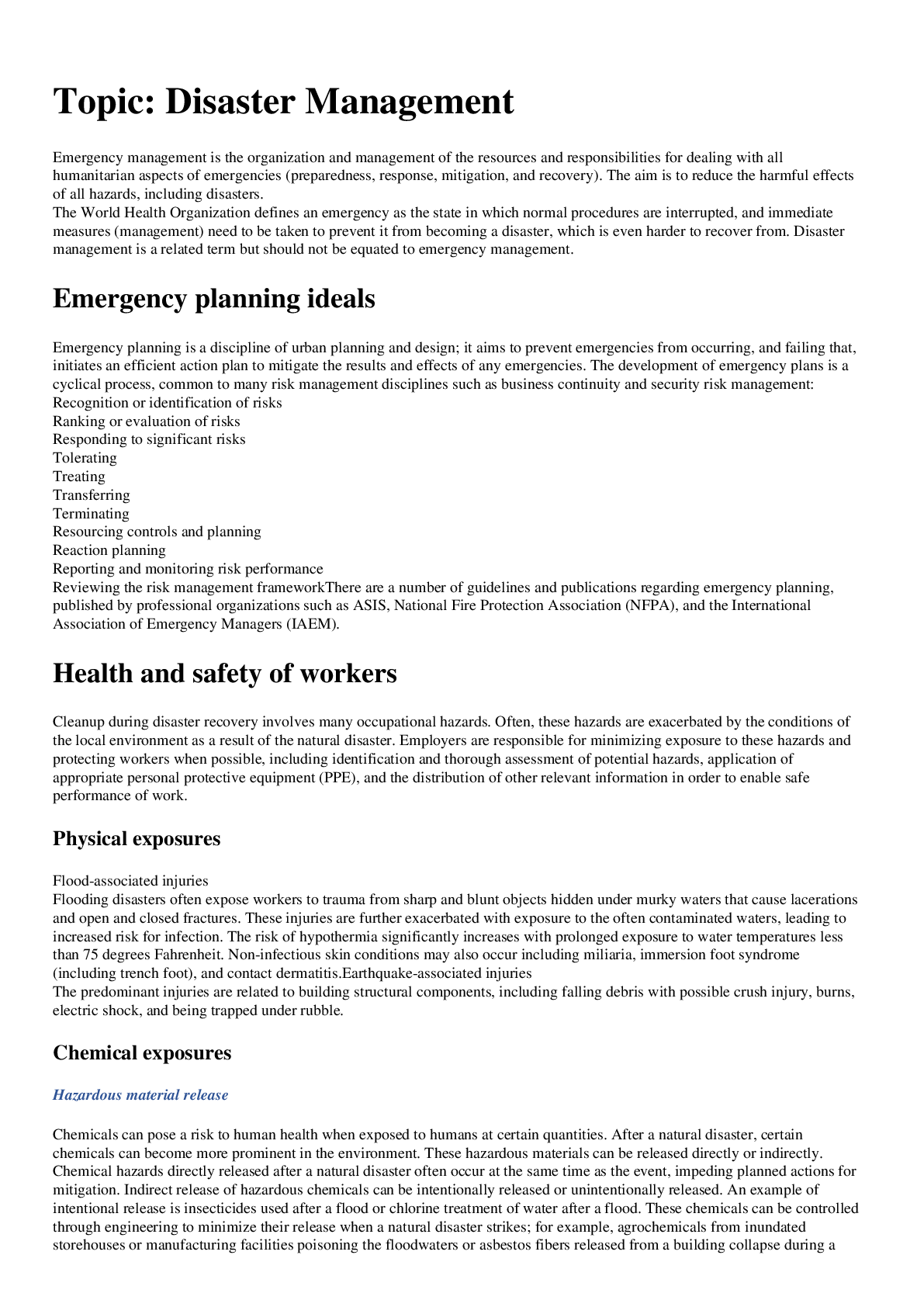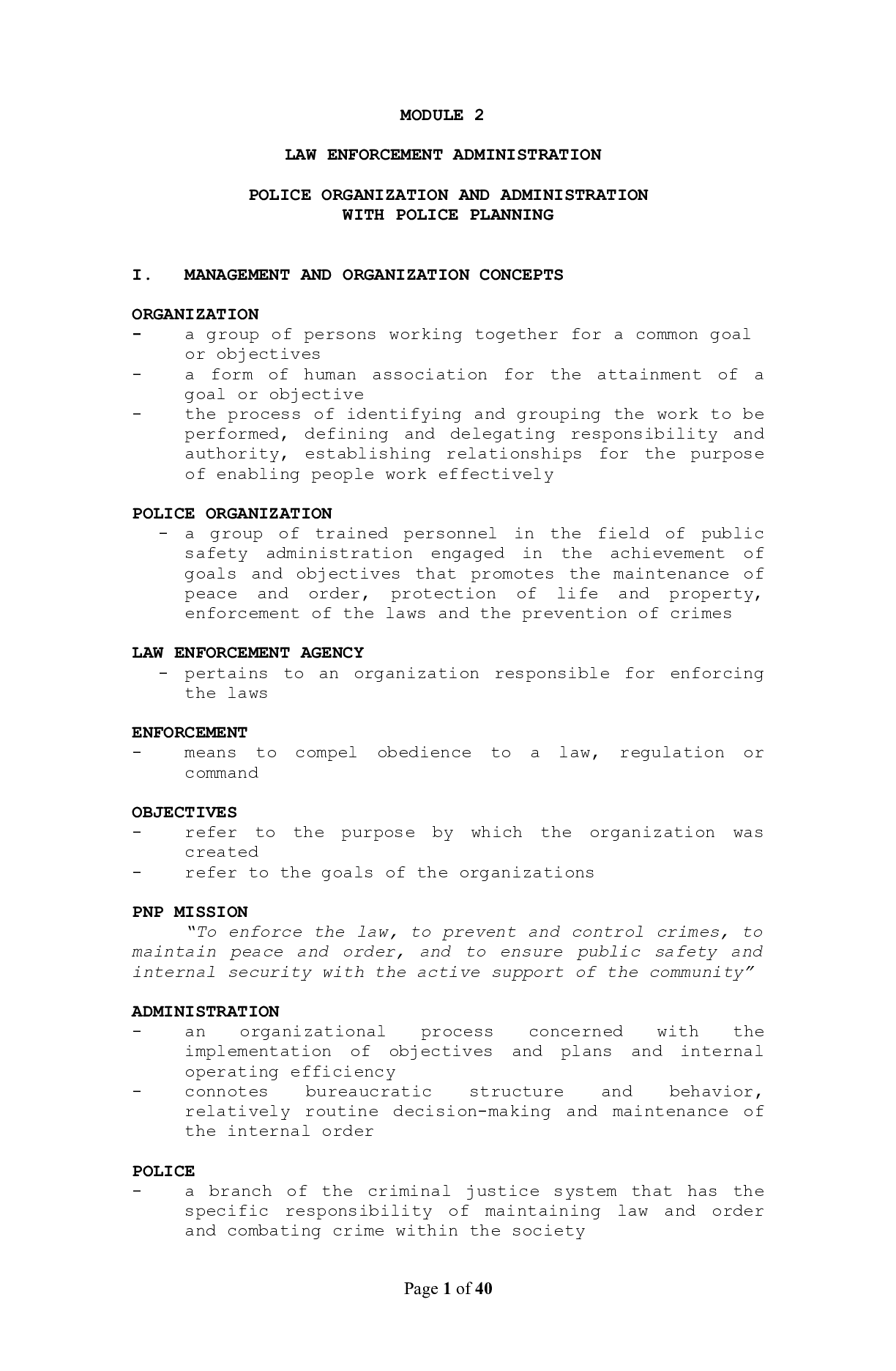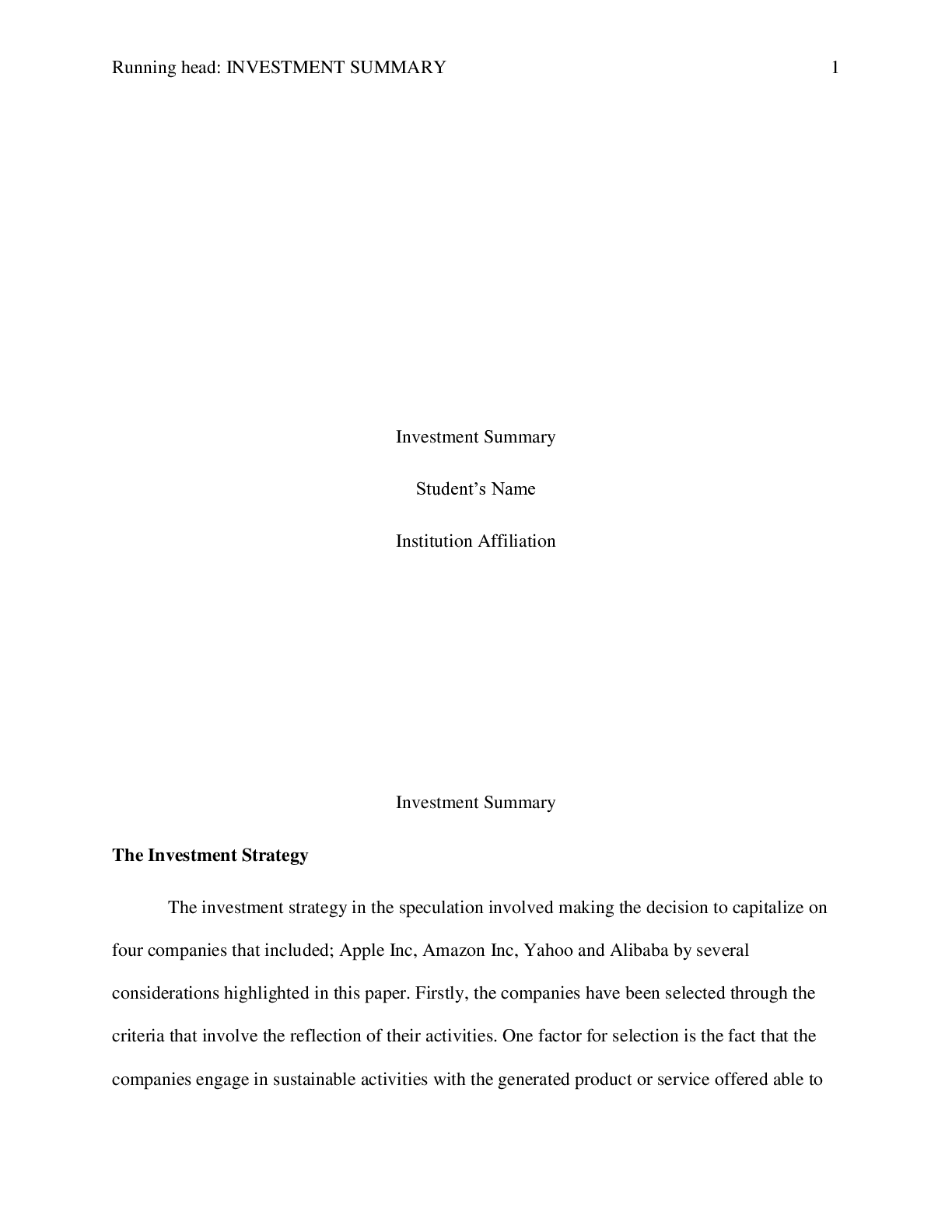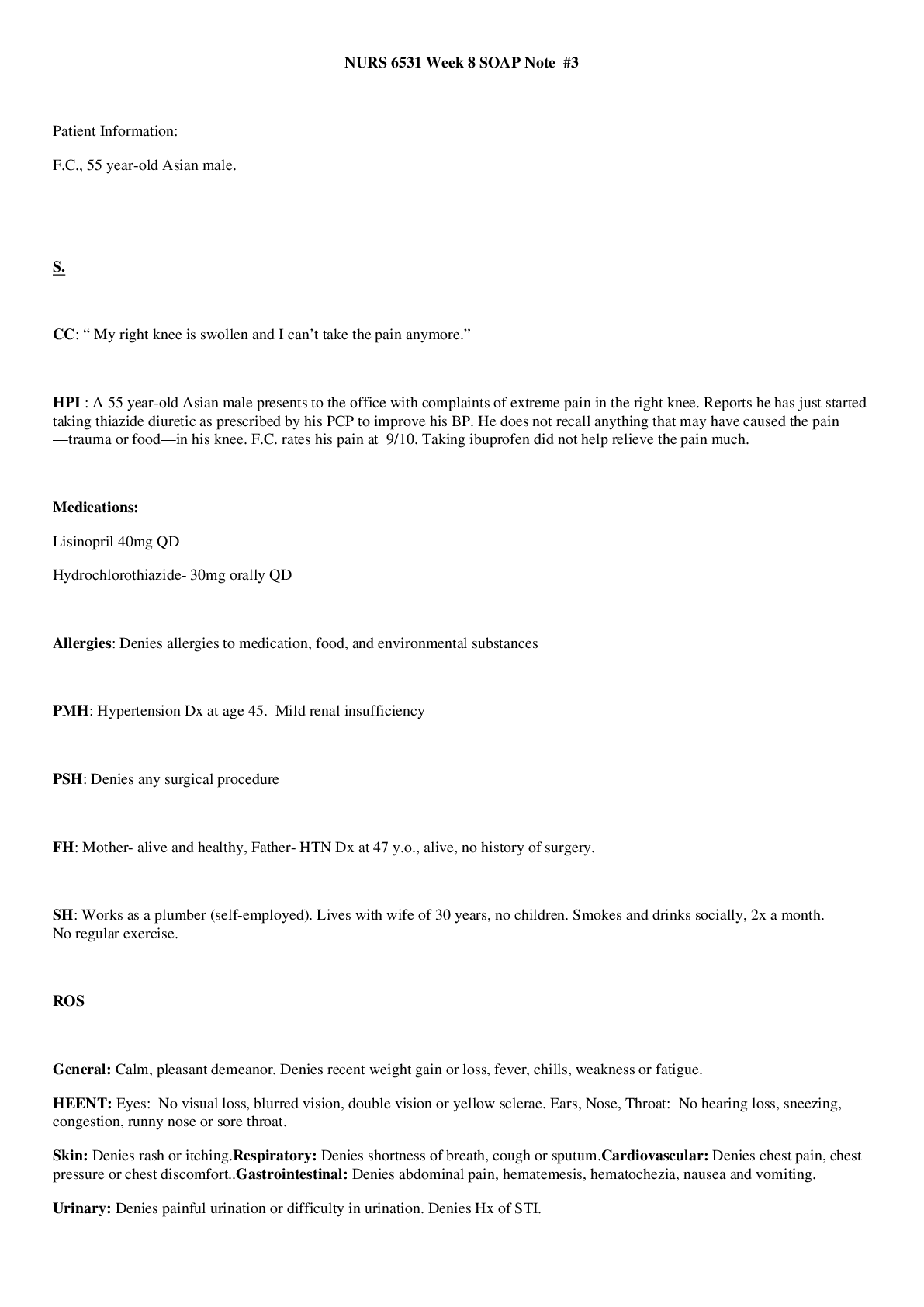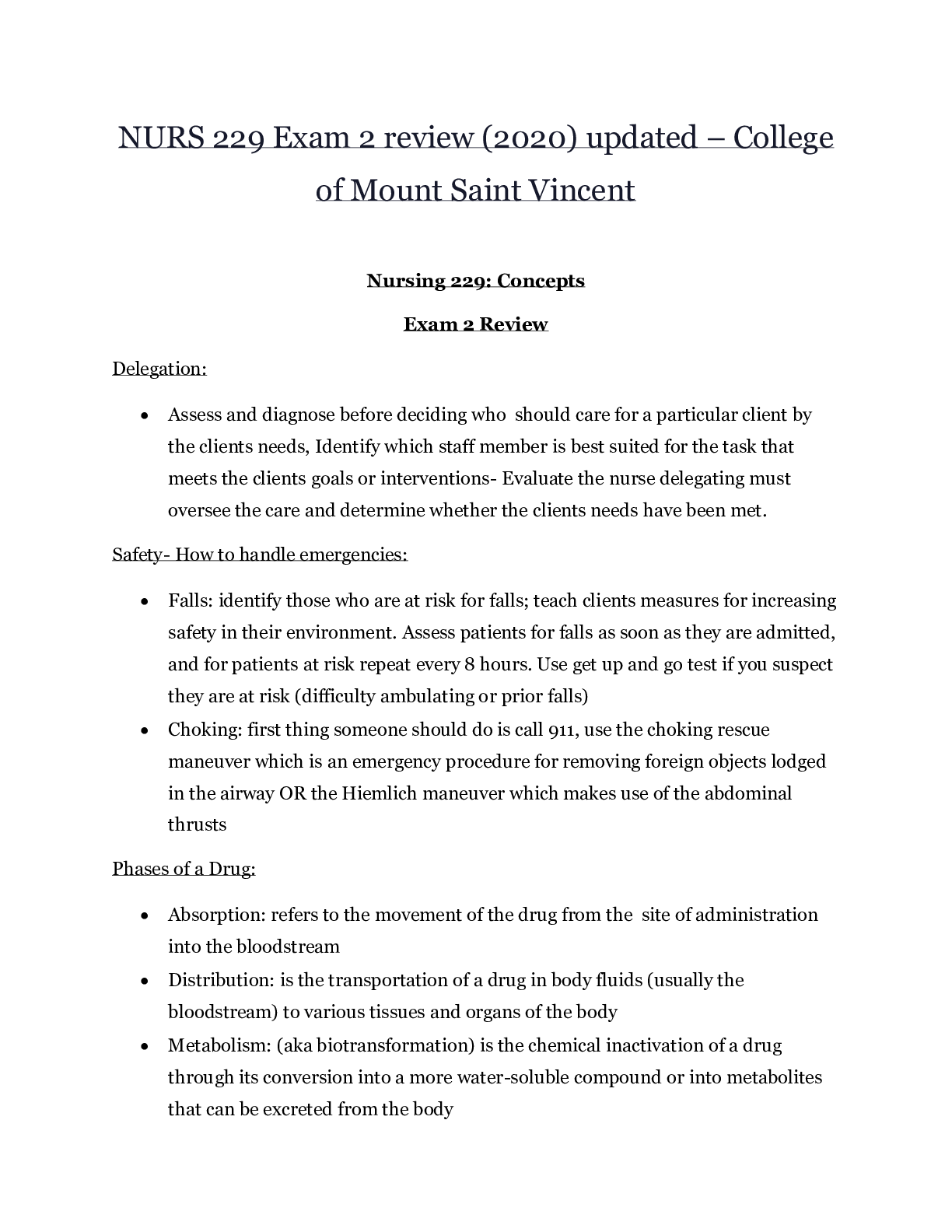Anesthesia
Document Content and Description Below
For patients undergoing surgical or medical procedures, different levels of sedation can provide important benefits • to facilitate procedural interventions. These levels of sedation range from ... anxiolysis to general anesthesia and can create: • Sedation and reduced anxiety • Lack of awareness and amnesia • Skeletal muscle relaxation • Suppression of undesirable reflexes • Analgesia General anesthesia is a reversible state of central nervous system (CNS) depression, causing loss of response to and perception of stimuli. • Because no single agent provides all desired objectives, several categories of drugs are combined to produce the optimum level of sedation required adjunct agents) Adjunct agents • H 2 blockers to reduce gastric acidity • Benzodiazepines (e.g., diazepam ) to relieve anxiety and facilitate amnesia • Nonopioids or opioids (e.g., fentanyl ) for analgesia • Antihistamines to prevent allergic reactions • Antiemetics to prevent nausea • Anticholinergics e.g., atropine ) to prevent bradycardia and secretion of fluids into the respiratory tract • Neuromuscular blockers to provide muscle relaxation. Pre medications facilitate smooth induction of anesthesia and lower required anesthetic doses. [Show More]
Last updated: 1 year ago
Preview 1 out of 49 pages
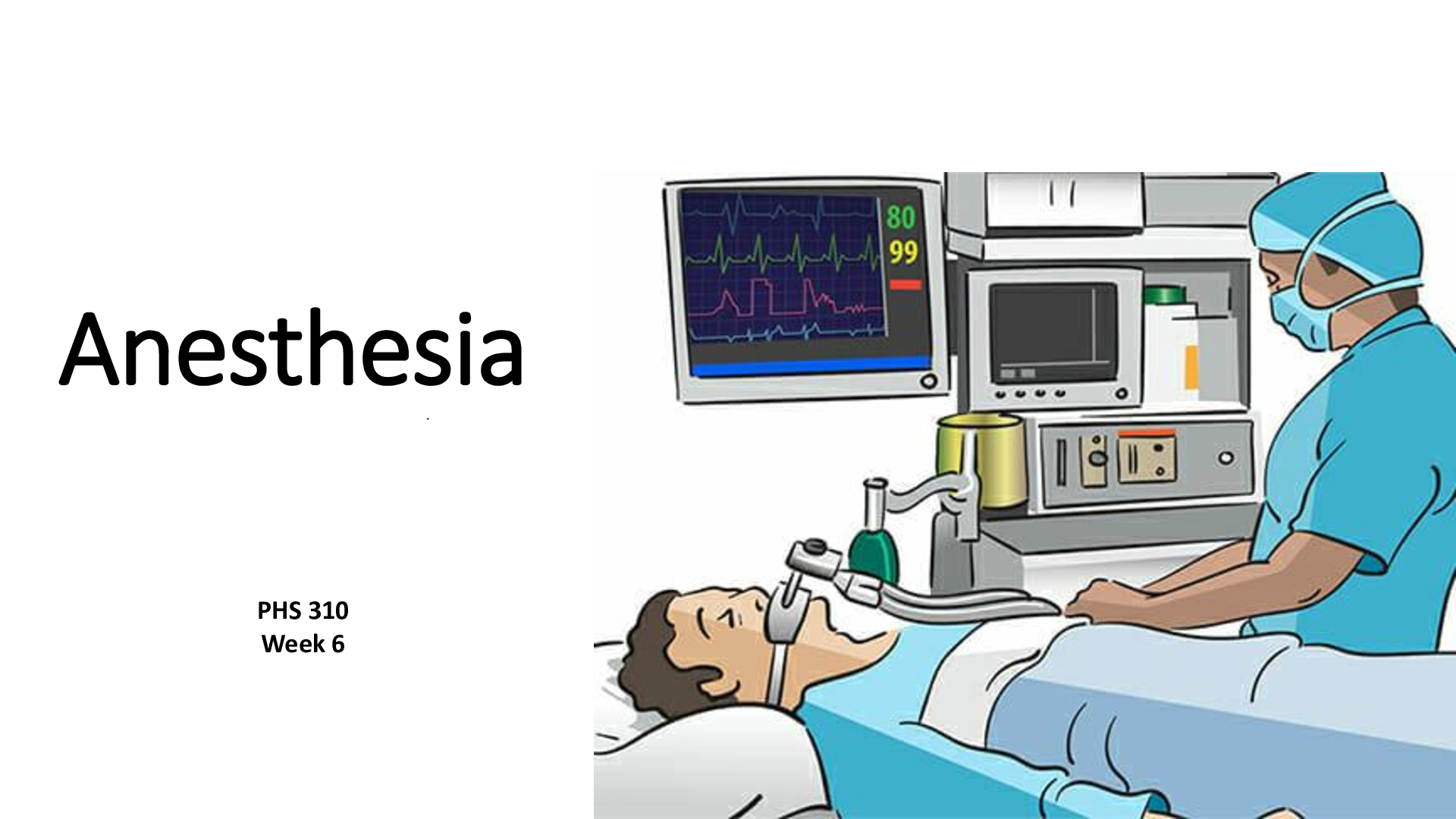
Buy this document to get the full access instantly
Instant Download Access after purchase
Buy NowInstant download
We Accept:

Reviews( 0 )
$14.00
Can't find what you want? Try our AI powered Search
Document information
Connected school, study & course
About the document
Uploaded On
Dec 06, 2023
Number of pages
49
Written in
Additional information
This document has been written for:
Uploaded
Dec 06, 2023
Downloads
0
Views
106









